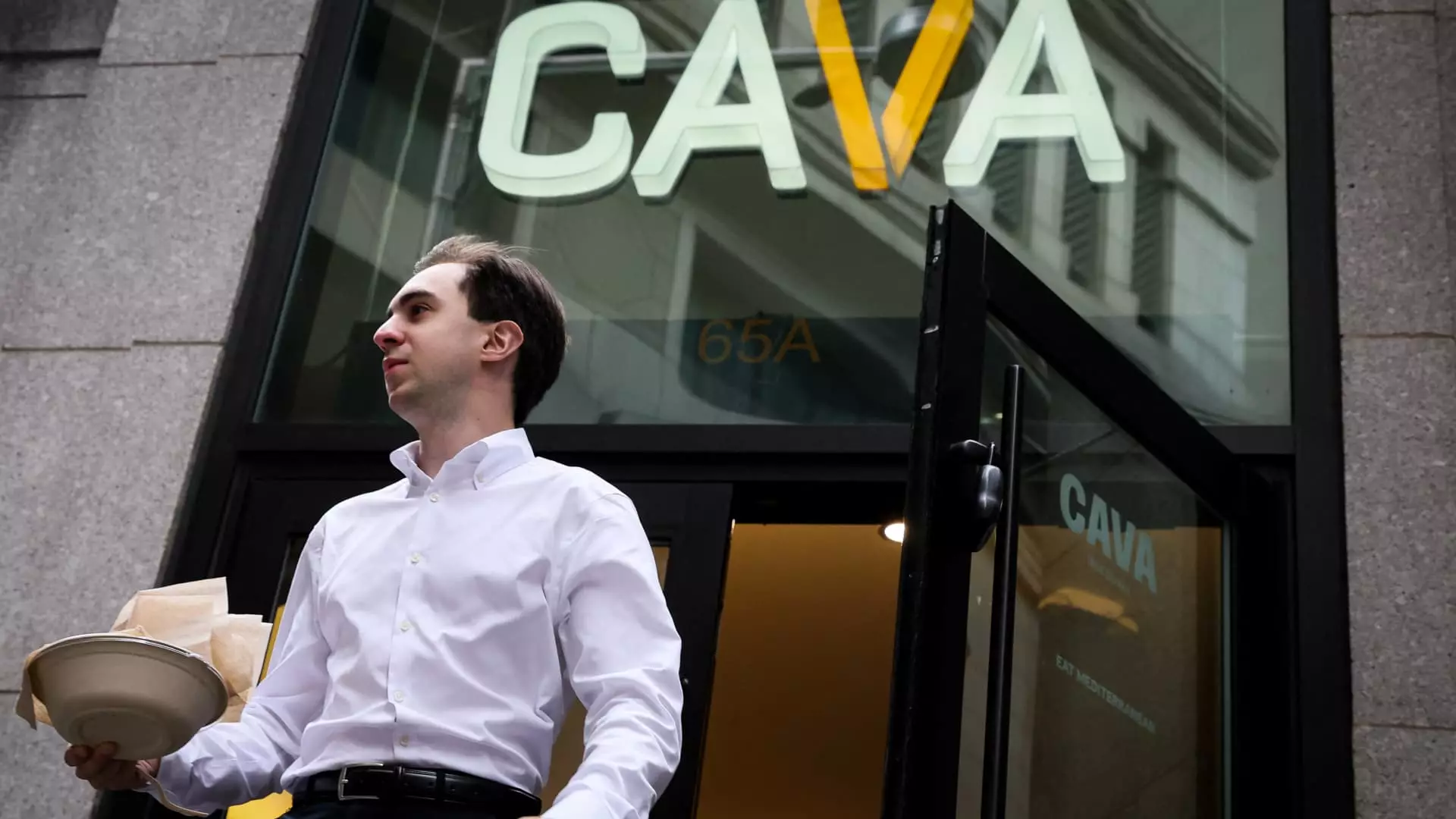In an era defined by economic jitteriness and consumer hesitation, fast-casual dining brands find themselves at a critical crossroads. The traditional allure of quality and convenience no longer suffices to keep customers loyal in a landscape flooded with options and shrinking wallets. Instead, the industry has increasingly embraced an often-overlooked weapon—loyalty programs. What was once a supplementary marketing tool has morphed into an essential resource for survival. Yet, beneath this strategic pivot lurks a darker narrative: loyalty programs can both cement customer allegiance and inadvertently entrench economic fragility within these brands.
The fundamental appeal of rewards schemes lies in their ability to foster habitual patronage. Data indicates that loyal program members tend to visit more frequently—up to twice as often—compared to non-members. Starbucks, for example, reports over 34 million active rewards members, with the majority of transactions coming from this group. For chains like Chipotle and Potbelly, loyalty programs contribute significantly to daily sales, offering a cushion against declining foot traffic and sluggish same-store sales figures. But is this reliance on rewards an authentic strategy for growth or an expensive Band-Aid that masks deeper vulnerabilities?
The Illusion of Resilience in a Fragile Industry
The recent decline in industry-wide sales growth exposes the hollow core of many chains’ optimism. For months, the number of consumers dining out has dwindled, with only sporadic increases in traffic. Loyalty programs appear to be the industry’s bright spot, providing a twisted sense of stability in turbulent times. For instance, Chipotle has successfully avoided heavy price hikes by leveraging its expansive rewards base, and Cava has turned its reimagined program into a rallying cry for innovation and customer delight. These initiatives might seem to offer a strategic edge, yet they underscore a grim truth: the overall health of the restaurant sector is precarious.
The key question is whether these programs generate genuine loyalty or just superficial engagement. Promotions like seasonal campaigns and in-app challenges create moments of fleeting excitement, but do they translate into sustained spending? The answer, frankly, is complex. While these initiatives can temporarily boost traffic, they risk creating a cycle of dependency on discounts and freebies that can erode profit margins over time. When nearly half of Potbelly’s sales derive from digital initiatives, and a large chunk of those sales come from loyalty members, it becomes evident that loyalty programs can veer into a costly arms race for customer attention rather than a pathway to long-term profitability.
The Cost of Rewards and the Erosion of Authentic Customer Value
Undeniably, loyalty programs serve as a psychological anchor, encouraging consumers to choose familiar brands over competitors. However, a critical flaw in this approach is that it often sacrifices genuine value for the sake of immediate engagement. Offering free burritos, pita chips, or bonus stars may boost short-term visits, but at what long-term expense?
Promotional strategies such as Starbucks’ removal of its reusable cup bonus in favor of double stars across all purchases serve as cautionary tales. Such changes are controversial, risking alienation from highly engaged customers who see discounts as a reward for loyalty. Nonetheless, brands justify these moves by claiming continued steady participation, indicating that consumers value consistent earning opportunities and perceived fairness. Yet, beneath this veneer lies an unsettling truth: the industry’s margins are already razor-thin. Using discounts as a primary retention tactic can create a trap where brands become increasingly dependent on price cuts, stripping away the perception of premium value and starving themselves of healthy profit margins.
Moreover, customers may grow habituated to frequent freebies and in-store perks, diminishing the perceived value of the actual product. This phenomenon risks transforming dining from a pleasure or necessity into a transactional, reward-driven activity. The danger is that over-commercialization of loyalty programs may foster skepticism, reducing customers’ willingness to pay full price once the promotional cycle ends.
Is Loyalty Here to Stay, or Is It a Mirage of Stability?
The industry’s aggressive deployment of versatile and innovative loyalty schemes is driven by a palpable need to stay afloat. From tiered rewards to digital wallets and fun challenges, brands are experimenting to find that elusive secret sauce. These tactics are not inherently flawed but reveal a broader societal trend—consumers are seeking value in a marketplace littered with distractions and uncertainty.
But is this sustainable? The answer hinges on whether these programs evolve into genuine relationships or merely transactional buffers. Chains like Cava and Sweetgreen making strategic shifts to simplify and refine their offerings suggest that adaptability is crucial. They recognize that complexity and overpromising can turn consumers away in tough times, further undermining loyalty.
Ultimately, what these programs reveal is an industry grappling with its own fragility. The reliance on rewards as a crutch signifies that many brands may have prioritized superficial engagement over building authentic customer trust. In the long term, this could prove to be a hollow victory, masking deeper issues such as stagnant innovation, poor value propositions, or unaddressed economic headwinds.
In the fiercely competitive world of fast-casual dining, loyalty programs are both a beacon and a trap. Used wisely, they can cultivate a resilient customer base that values the brand beyond discounts. Yet, if mishandled, they risk impoverishing the very loyalty they seek to build, leaving these brands vulnerable in an industry defined by relentless change and razor-thin margins.

